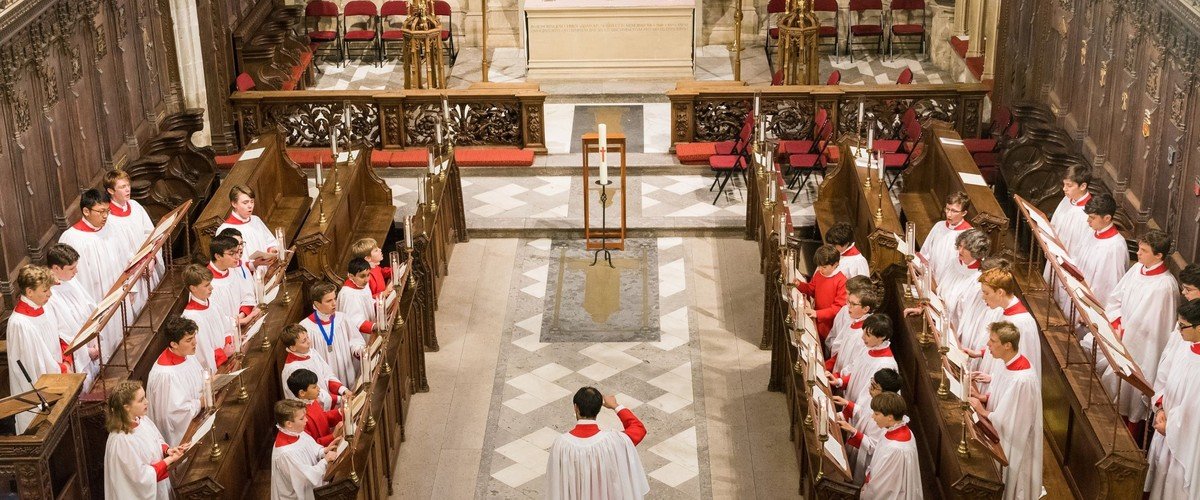

Allegri’s Miserere performed at this year’s annual Ash Wednesday service
During this year’s annual Ash Wednesday service, the choir performed the famous work, Allegri's Miserere, conducted by Howard Ionascu, the Director of Chapel Music.
It is a piece during which a small quartet ascends to the top of the chapel to sing verses in alternation with those of the choir's. The quartet verses have become infamous, thanks to the top C sung by a treble soloist. The music is ethereal, yet the piece itself has a fascinating story to tell of how Mozart, the Vatican and centuries of mistakes resulted in such an incredible piece.
The music, composed by a singer (Gregorio Allegri) in the Sistine Chapel in 1638, was considered to be so sacred that the Pope forbade the transcription of it and he decided that it was to be sung only in Rome – however, Wolfgang Amadeus Mozart had different ideas. As a 14-year-old boy, he travelled with his father and, while listening to it, transcribed the piece and distributed it across the world. But that wasn’t the end of the story.
In 1831, Felix Mendelssohn decided to make his own transcription and the version he heard happened to be sung higher than originally intended (a fourth higher, to be precise). When the first edition of Grove’s Dictionary of Music and Musicians was put together in 1880, a small section of Mendelssohn’s higher transcription was accidentally inserted into a passage of the Miserere being used to illustrate an article. The mistake was then reproduced in various editions over the next century, eventually becoming the accepted version. The result is the most famous and probably the most moving passage of the piece - a beautiful top C sung by a treble soloist, and surely the highest note found in the entire choral repertoire.
So, whenever we hear Allegri’s Miserere today, we remember how lucky we are — lucky that the Mozart family chose a good time to visit Rome, lucky that Mendelssohn transcribed it up a fourth, and lucky that one of Grove’s early editors had a momentary lapse of concentration.
It is a piece that every choirboy, choirmaster and member of the congregation – irrespective of their religious orientation – can appreciate for its beauty.

 Head back to stories
Head back to stories